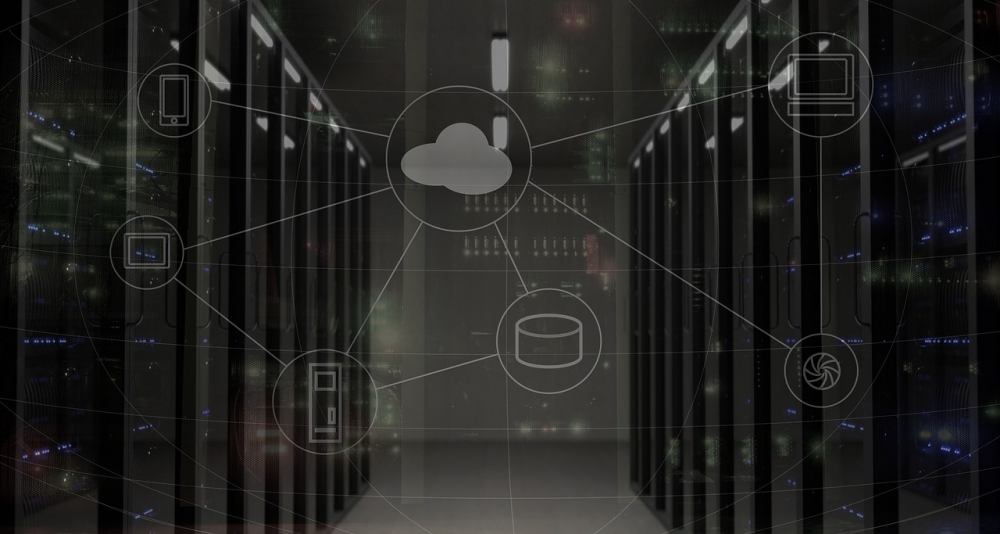
The Industrial Internet of Things (IIoT) has many benefits for industrial enterprises, allowing them to generate valuable business insights that can improve everything from efficiency to productivity. However, as these enterprises begin adopting IIoT strategies, questions arise around the cost implications of these implementations – most notably, “which type of computing is right for my business?”
The answer is that both cloud and edge computing are necessary for a successful IIoT framework – but cost and ROI will determine the degree to which each play a role. For most, the cloud is seen as IIoT’s backbone, and most recently, sending data to the cloud was the popular and right move for most companies. New equipment came with embedded sensors and older equipment would be retro-fitted to transmit sensor data to the cloud. Cloud-based machine learning engines would then work to deliver actionable insights based on this data. These insights enabled companies to make various optimizations – from streamlined production and increased quality to improved maintenance.
While it might seem like an easy move to bypass existing automation systems and infrastructure, enterprises can run into problems when the time comes for a full IIoT roll out. As you look to leverage analytics and wireless connectivity in the cloud, the costs can escalate quickly. The very nature of the cloud model is pay-by-usage, meaning costs will vary as time goes on. There are some ways to mitigate this, including shifting to more operating expenses (OPEX) models. Another way would be to use an internal infrastructure with a gateway, but this is where edge computing starts to get introduced into the mix. As enterprises move forward with their IIoT strategies and begin to make progress, they’re realizing that cloud infrastructure is just one part of their IIoT equation.
It’s a hybrid cloud world
Operators are discovering that certain processes cannot be pushed to the cloud when it comes to real-time computing needs. Due to cost and latency concerns, they are beginning to push more and more computing to the network edge. This also helps to address another challenge facing operational technologists in the automation industry: the ongoing threat of cybersecurity. One of the biggest aspects of digitalization that challenges the industrial automation world is transmitting data outside of the plant. Edge computing platforms can act as localized storage points from multiple sensors, enabling analytics with more real-time feedback, and performing pre-processing so that only necessary data is sent to the cloud. This hybrid approach also reduces the number of attack surfaces if data is collected from multiple sensor points, such as those associated with a particular machine, production line, or remote location, such as an oilfield well pad.
Edge systems support a wide range of applications, including small scale, localized SCADA, HMIs, Historians and thin clients, and can be delivered at competitive price points. The data they collect can be used for real-time analytics on the plant floor to improve operations, including advanced process control, quality inspections and predictive device failure. Edge devices can also forward certain information upstream to control systems and the cloud to be used for asset performance management, post-processing analytics or planning.
Keeping operations simple
Finding the right balance between edge and cloud will be the key to a successful IIoT framework. By applying the right tools for the job, enterprises will also see valuable ROI. It is important to understand that data is THE critical resource in an IIoT implementation. Data gaps can have detrimental effects on both local and cloud-based analytics. Ensuring that the data can be adequately protected from a collection, storage, maintenance and security perspective needs to be evaluated from both a manpower and a risk perspective in the ROI calculation. For example, while deciding on the best tools for your IIoT implementations you need to consider that as compute capabilities and applications move closer to the plant floor, the further they stray from those with the skill set to support and address problems that may arise. This means systems that are easy to install and service by localized operational technologists will be of critical importance, as most of these newer edge environments live outside the realm of IT support.
For more on IIoT cost management solutions, register now for the Industrial IoT Conference.
Edited by
Ken Briodagh





